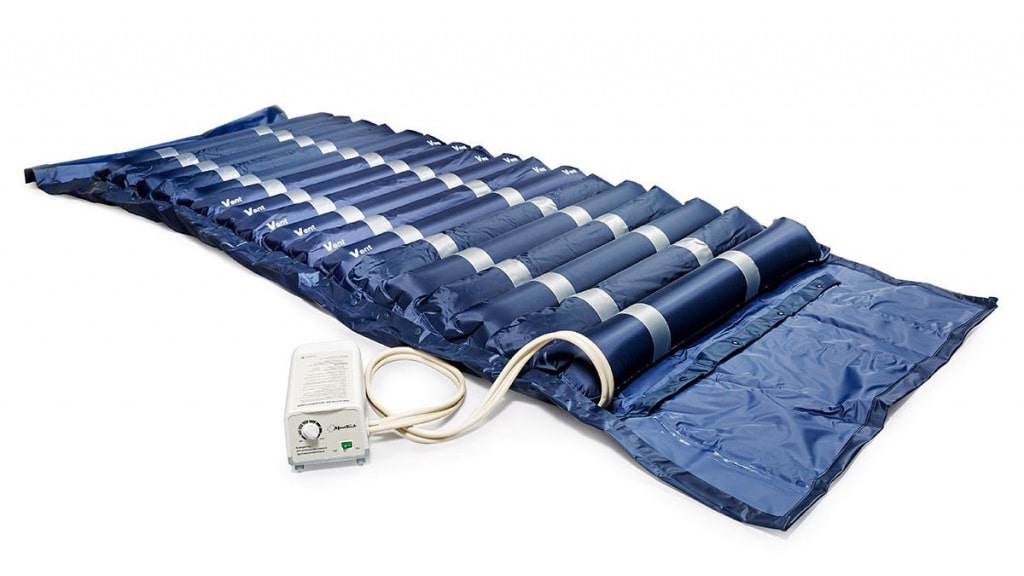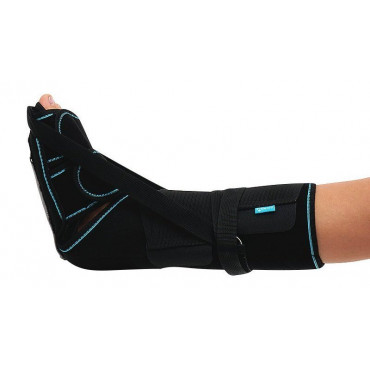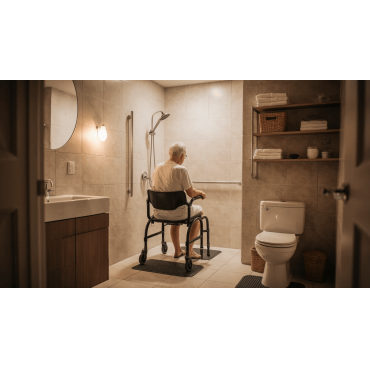If you have purchased an anti-decubitus mattress, you should know the basic rules for its operation and care for the product so that it serves properly.
An anti-decubitus mattress is a rehabilitation tool for caring for people with limited mobility, disabilities, for bedridden patients after operations, injuries, complications from neurological, cardiovascular diseases, etc.
Its main function is to prevent the formation of bedsores and ensure a comfortable stay in bed for a person. However, in order for the anti-decubitus mattress to perform its function effectively and serve you for a long time, it must be properly cared for.
Regular cleaning and disinfection
Anti-decubitus mattresses are made of materials that can be easily cleaned. So, when cleaning a mattress against bedsores, follow certain recommendations:
- It is necessary to clean the anti-bedsore mattress in an inflated state.
- Wipe the surface of the mattress with a slightly damp cloth with a mild detergent.
- For disinfection, use special antiseptic agents recommended by the manufacturer.
- Avoid aggressive chemicals that can damage the material.
- If the mattress has a removable cover, wash it according to the manufacturer's instructions.
Controlling the pressure and operation of the compressor
If you have a dynamic anti-bedsore mattress with a compressor, it is important to monitor its serviceability: 
- Regularly check the pressure level in the chambers to ensure optimal body support.
- Clean compressor filters to prevent dust and dirt from entering.
- Do not allow air hoses to be bent or squeezed.
Rules for using an anti-bedsore mattress at home
When using an anti-bedsore mattress, remember a few basic rules for its use:
- Avoid contact of the mattress with sharp objects that can damage it.
- Do not place heavy objects on the mattress when it is not in use.
- Use the mattress only for its intended purpose – it is not intended for sitting or jumping on.
Protection from moisture
Moisture can shorten the life of a mattress and promote the growth of bacteria, so protect your pressure sore mattress from moisture:
- Use a waterproof cover if there is a risk of it getting wet.
- Ventilate the room regularly to avoid excessive humidity.
- If the mattress gets wet, dry it thoroughly before using it again. Do not use a hair dryer or iron to dry it.
Storage and transport
If the mattress is temporarily not in use:
- Store it in a dry place, protected from direct sunlight.
- Do not roll or fold it incorrectly – this can damage the air chambers.
- Clean and dry the mattress before storing to avoid mold.
Following these simple care instructions will significantly extend the life of your pressure sore mattress and ensure its effective performance.







-370x370.jpg)
-370x370.jpg)

-370x370.png)